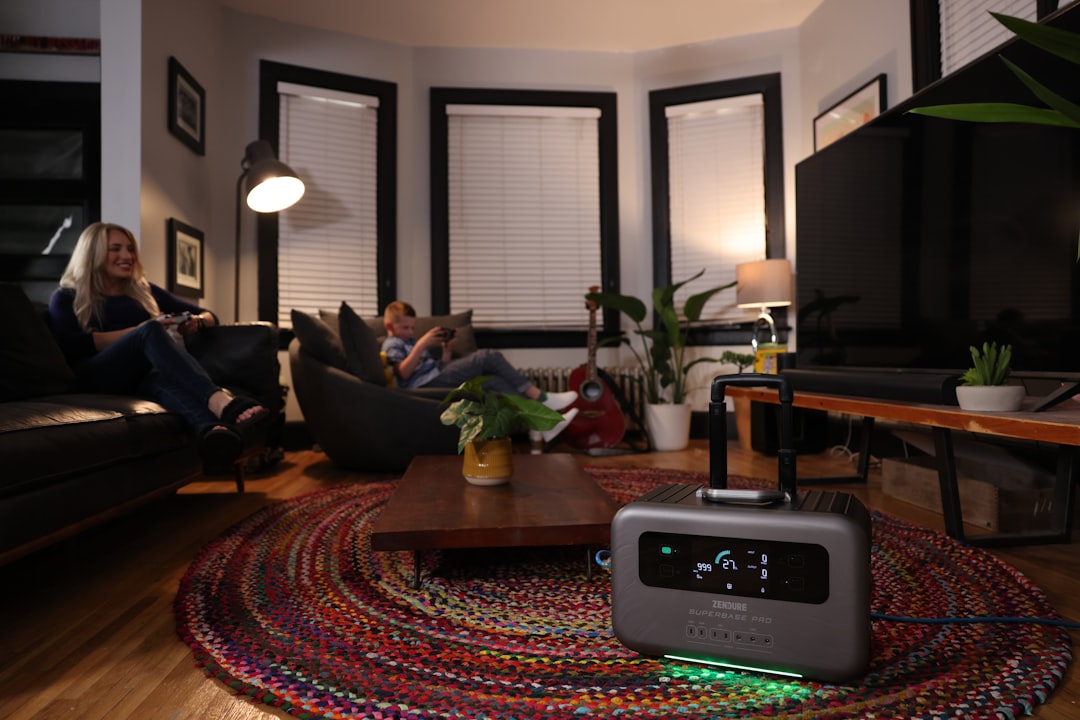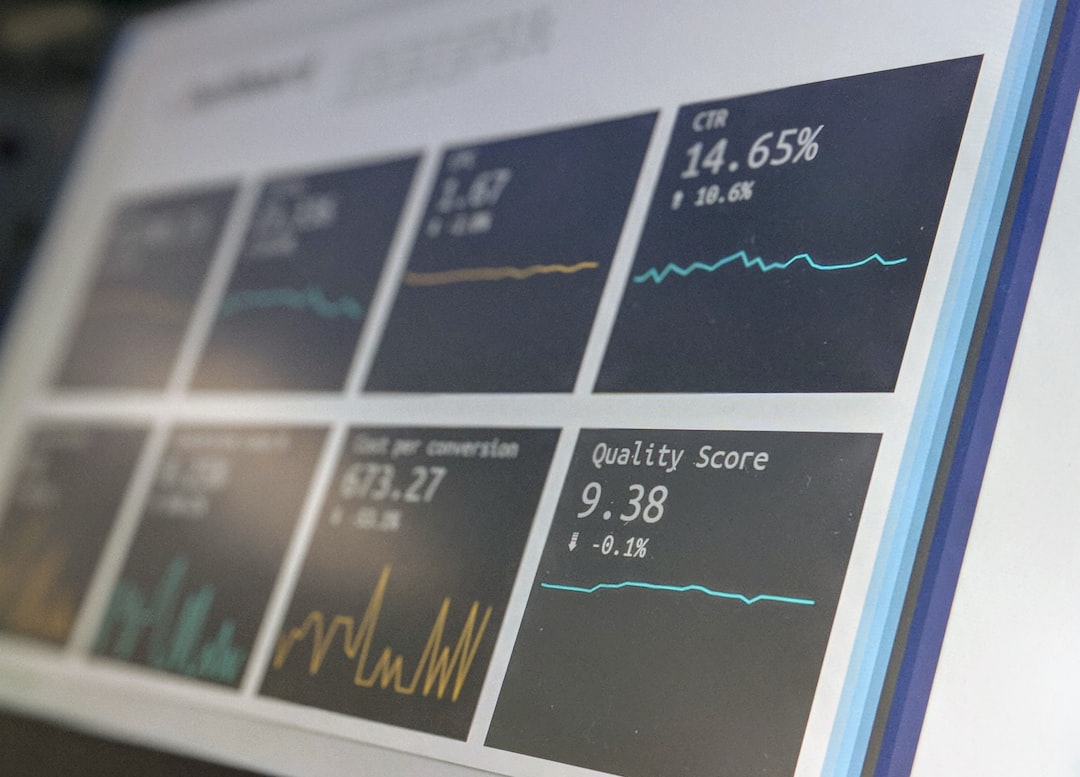In today’s digital age, our lives are increasingly intertwined with the internet. From the moment we wake up to the time we go to bed, we interact with a wide range of connected devices—smartphones, thermostats, laptops, and even refrigerators. While this connectivity vastly improves convenience and productivity, it also raises major concerns about cybersecurity, constantly evolving tech trends, and the future of smart living.
Cybersecurity: The Digital Age’s Frontline
As our internet use grows, so does the need for strong cybersecurity. Whether you’re streaming shows, conducting online banking, or working remotely, your data is constantly being transmitted across networks that might not always be secure. Cybercriminals exploit vulnerabilities in devices and software, targeting both individuals and businesses.
Key cybersecurity concerns include:
- Phishing Attacks: Deceptive emails and messages that trick users into revealing sensitive data.
- Ransomware: Malware that encrypts your files and demands payment for access.
- Public Wi-Fi Risks: Unsecured networks that can be easily monitored by hackers.
To protect yourself, experts recommend regularly updating software, using strong and unique passwords, enabling two-factor authentication, and installing reputable antivirus tools. Cybersecurity awareness is no longer optional—it’s a crucial skill for navigating modern life safely.

Tech Trends Shaping Our Internet Experience
Advancements in technology are continuously reshaping the way we interact with the internet. Here are some of the latest trends that are pushing the boundaries of what’s possible:
- 5G Connectivity: Blazing-fast internet speeds are enabling real-time communication, flawless video streaming, and enhanced IoT device performance.
- Artificial Intelligence (AI): From personalized recommendations on streaming platforms to AI-powered chatbots, machine learning is revolutionizing how we use digital services.
- Edge Computing: A shift from centralized cloud servers to local data processing improves speed and reduces latency, especially in connected devices.
- Blockchain Integration: Beyond cryptocurrencies, blockchain is being used to enhance online security, digital identity management, and data integrity.
These innovations are paving the way for smarter, more adaptive applications—but they also introduce new challenges in maintaining security and ethical standards.
Smart Living: Convenience Meets Efficiency
With the expanse of high-speed internet and connected tech, smart living has gone from a futuristic concept to a present-day reality. Smart homes powered by IoT (Internet of Things) devices offer:
- Energy Efficiency: Smart thermostats and lighting systems adjust dynamically to save energy without sacrificing comfort.
- Home Security: Doorbell cams, motion sensors, and mobile surveillance apps provide peace of mind, even when you’re away from home.
- Automation: Schedules and routines can be programmed, like brewing your coffee as you wake up or locking the doors at night.

However, even these modern conveniences need proper cybersecurity measures. Each connected device represents a potential entry point for hackers. That’s why it’s important to secure your home network and ensure every device is updated and authenticated.
Balancing Connectivity and Privacy
In the race for smarter, faster, and more convenient living, privacy may become a secondary concern—often at the user’s expense. Many internet-enabled services collect vast amounts of data, sometimes without clear disclosures.
To take control of your digital life:
- Review and adjust privacy settings on apps and devices.
- Read user agreements more critically—understand how your data is being used.
- Use encrypted communication channels wherever possible.
Being mindful of your digital footprint is essential in maintaining a balance between enjoying internet innovations and protecting your personal information.
The Future of Internet Access
Looking ahead, internet access will continue to evolve rapidly. With advancements like satellite internet (e.g., Starlink), more remote regions will be connected. We’re also seeing a global push towards digital inclusion, aiming to bridge the digital divide between urban and rural populations.
As our dependence on the internet grows, so too does our responsibility to navigate it wisely. Staying informed about cybersecurity, embracing emerging tech trends, and adopting smart living strategies can transform how we experience the digital world—safe, efficient, and connected.
For businesses aiming to capitalize on these trends, maintaining a robust, secure, and always-on network is essential, a task that often requires professional support. Companies in technologically advanced urban centers frequently seek to outsource this critical function by searching for Managed IT services Sydney or comprehensive network support providers to ensure their digital operations are reliable and protected.



